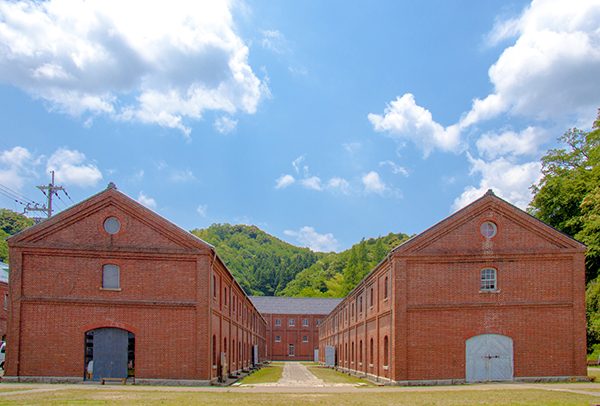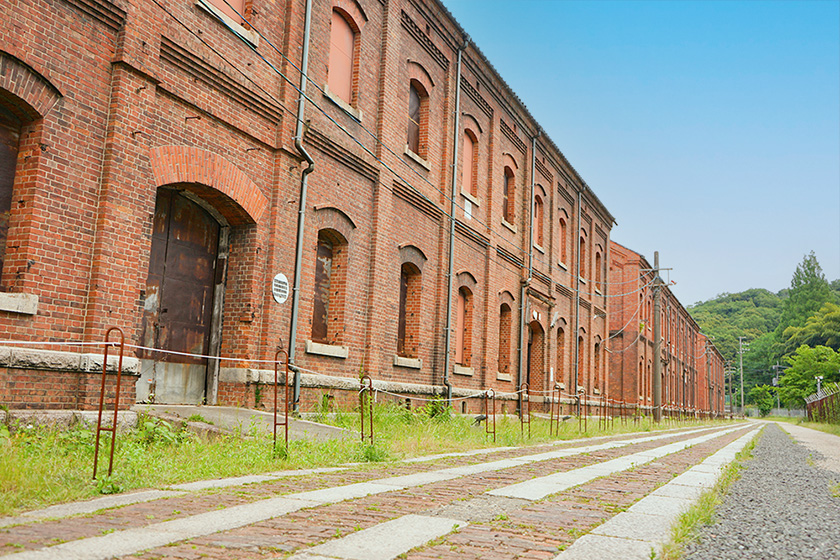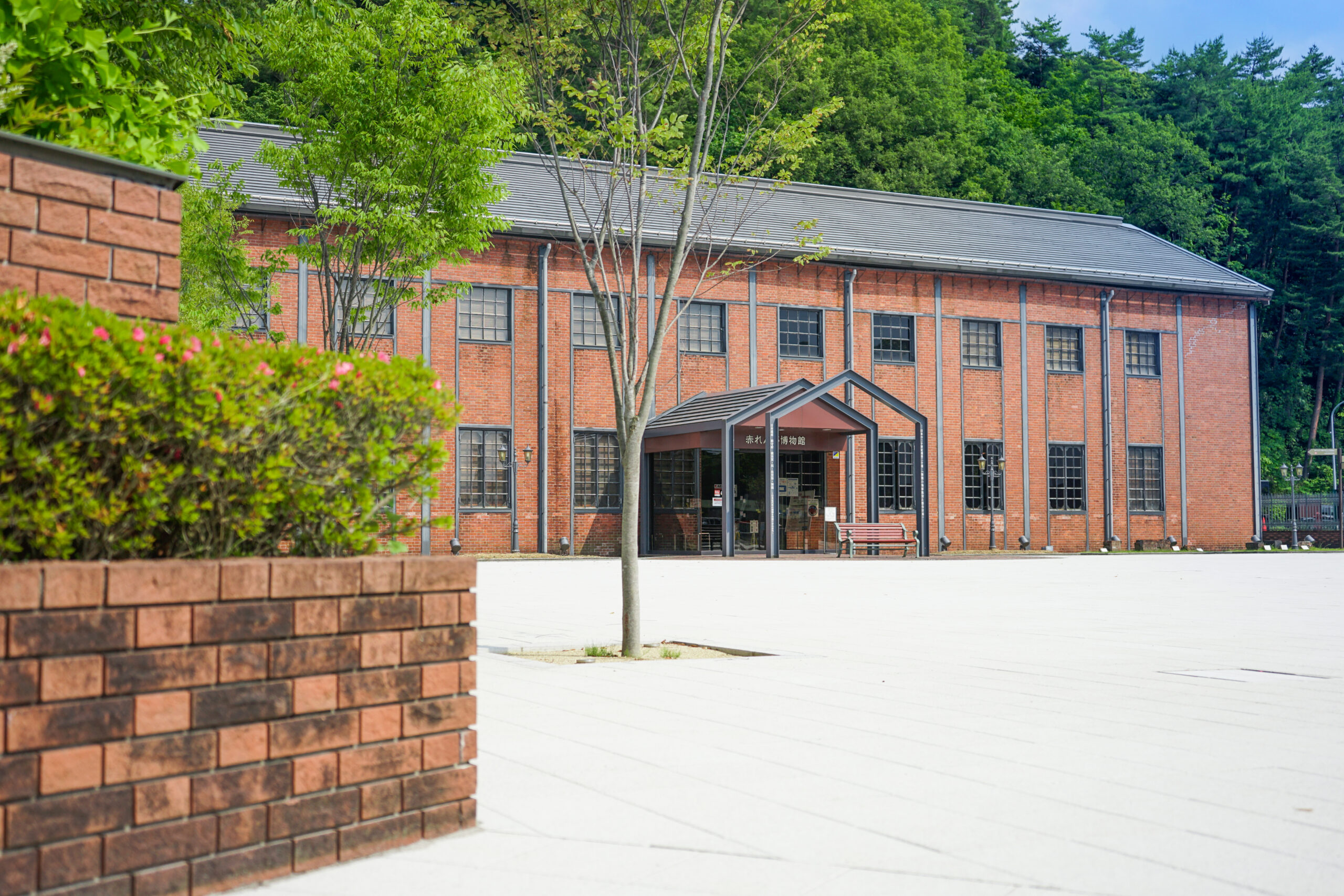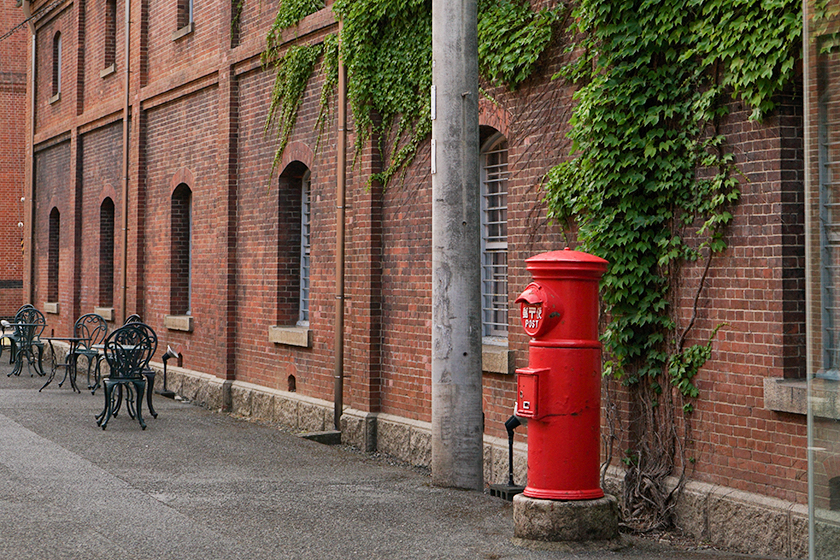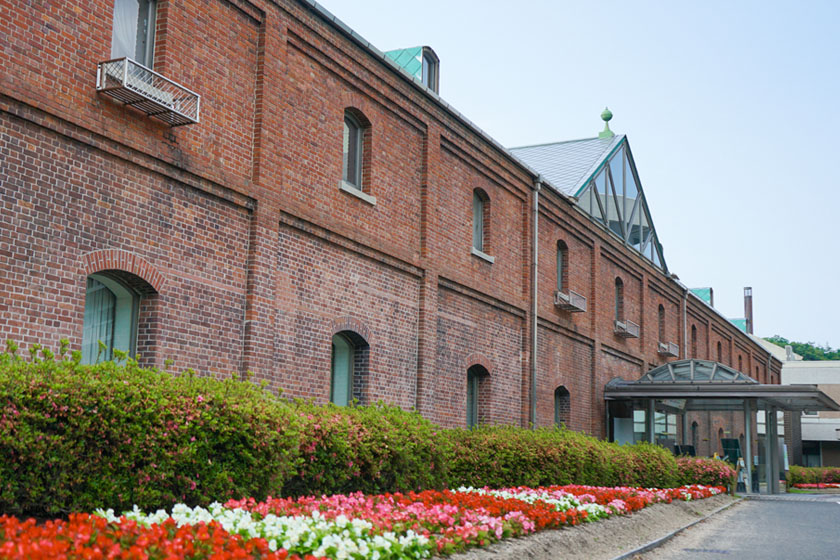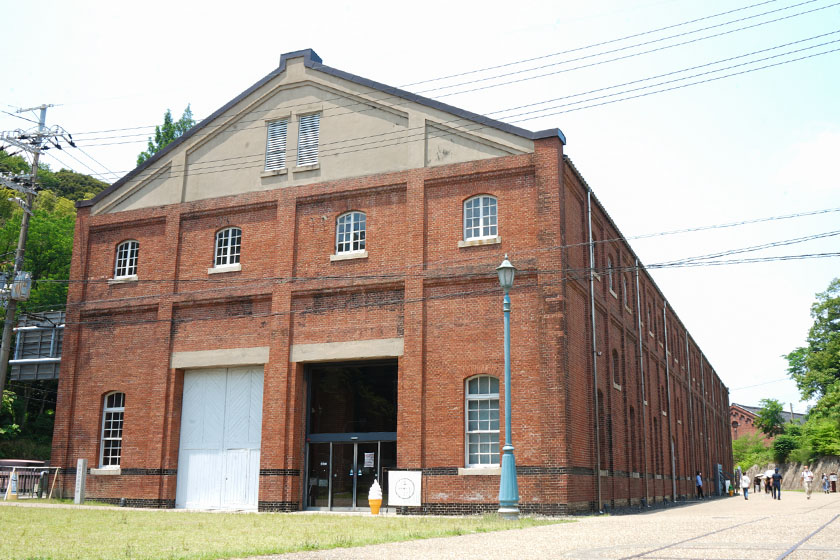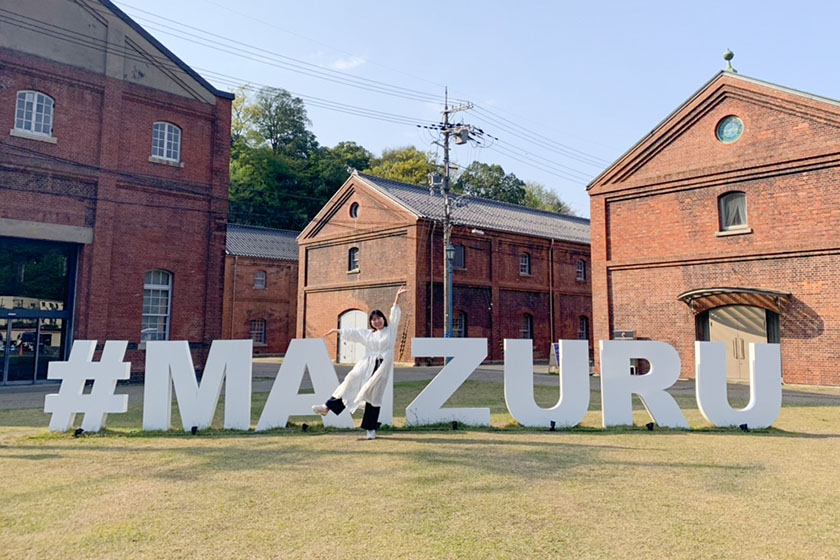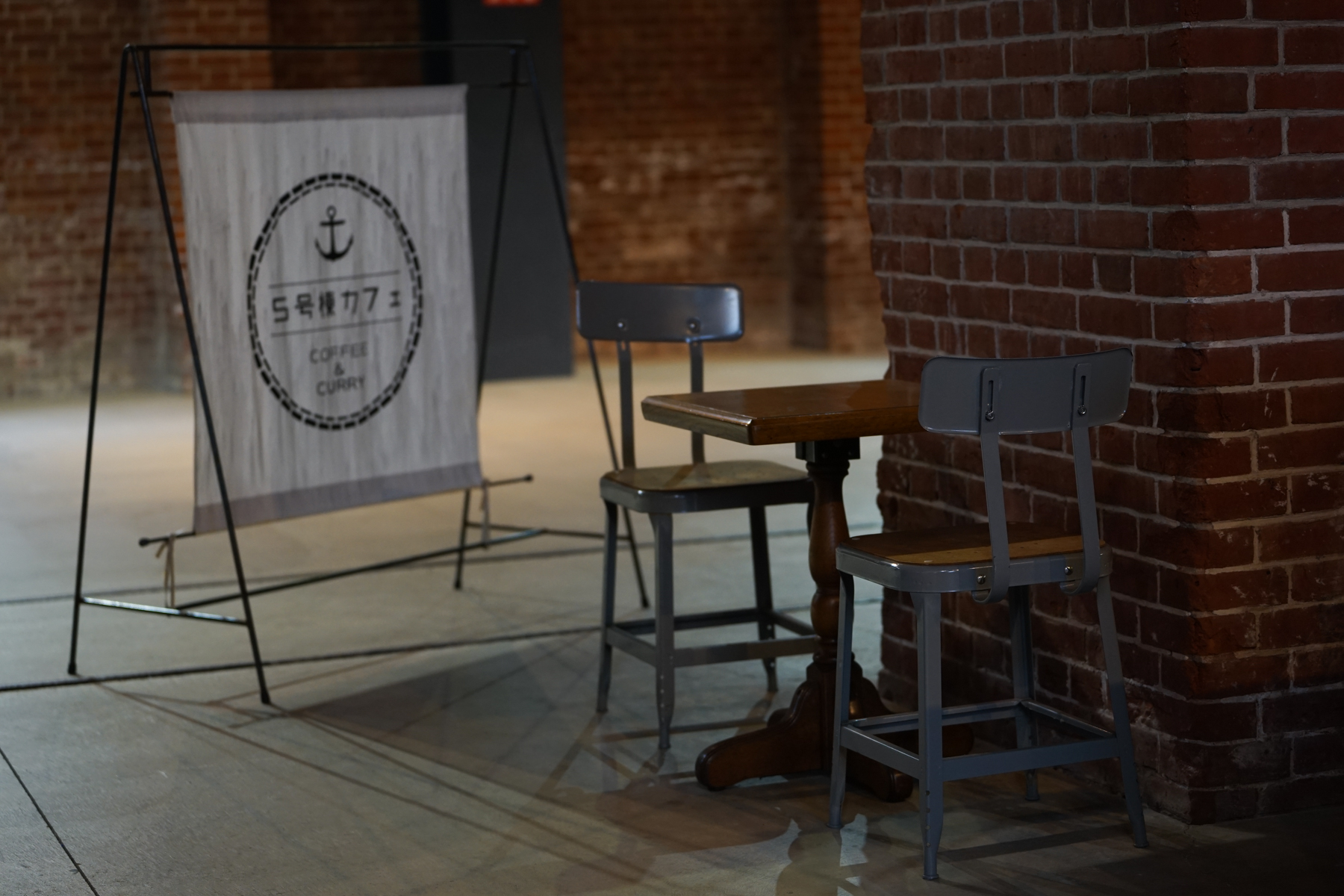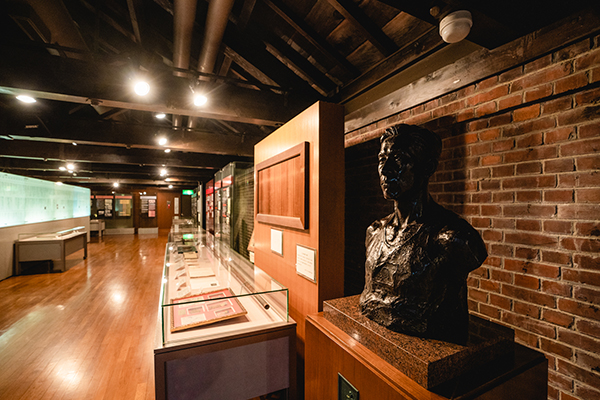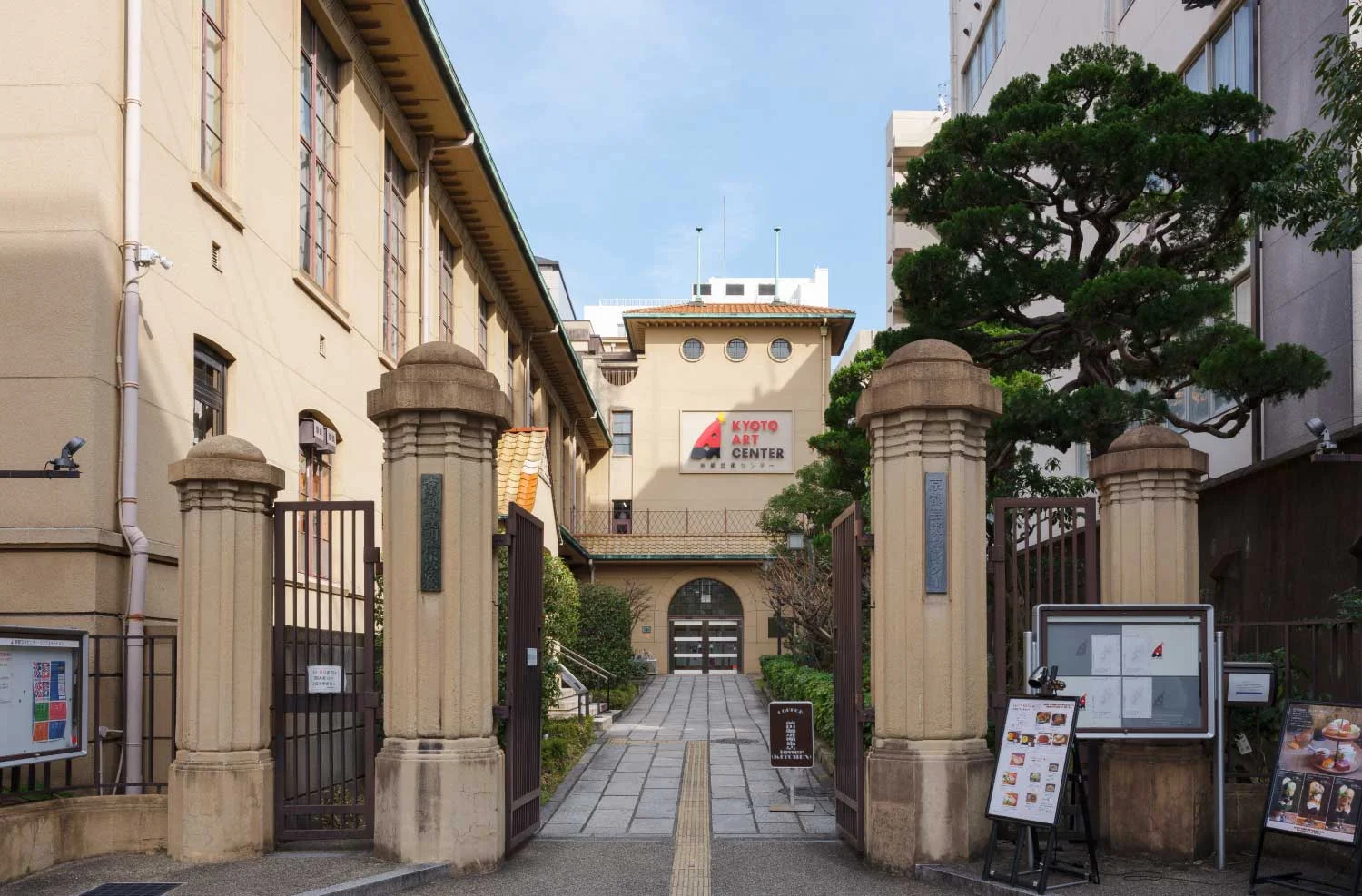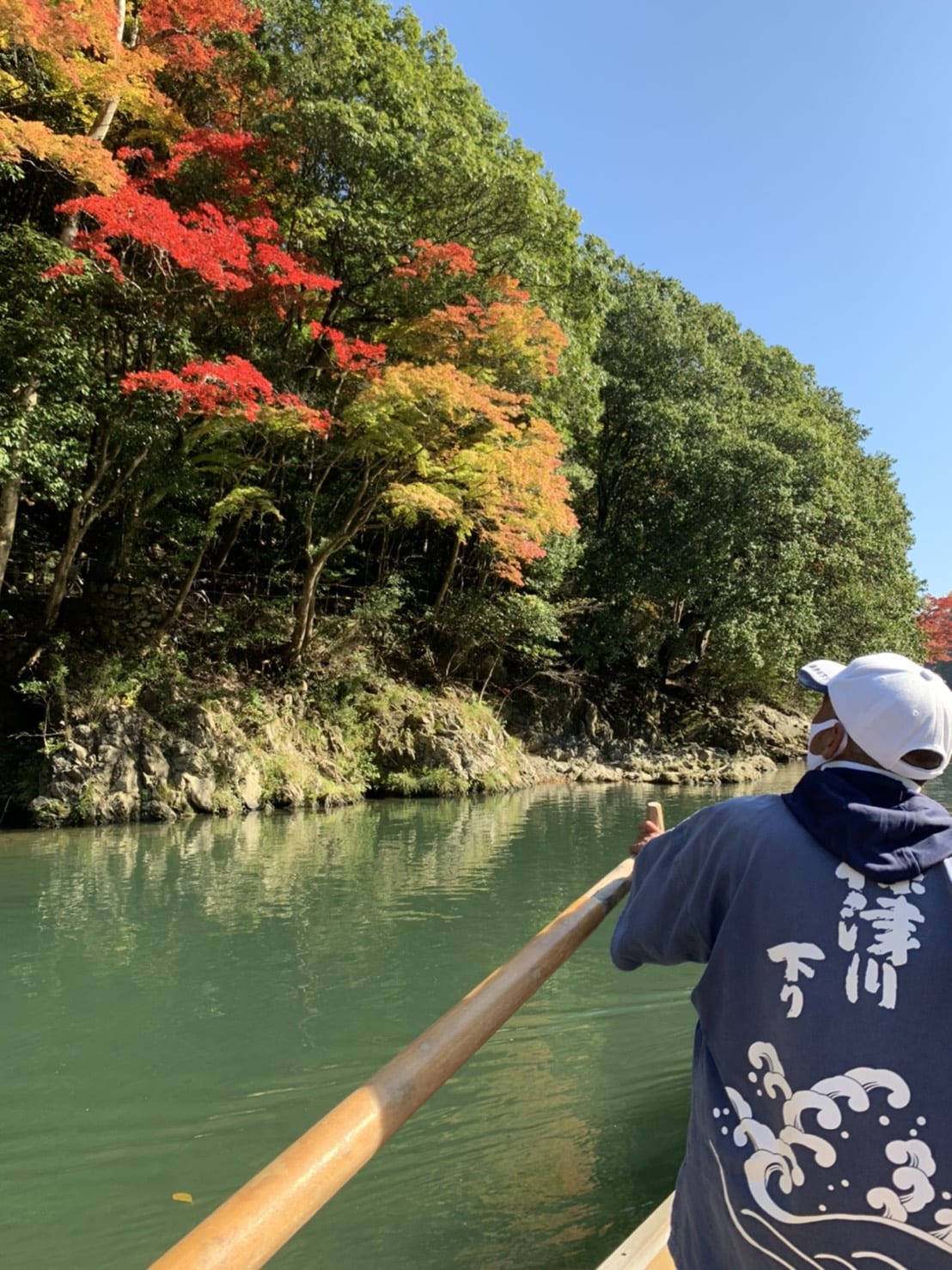

Things to do in Kyoto: Maizuru Brick Park
Selected as one of Japan’s 20th Century Heritage Sites
Eight of the 12 Red Brick Warehouses have been designated as Important Cultural Properties, and in 2012, the “Maizuru Red Brick Park” was opened, bustling as a tourist exchange hub. In April 2016, it was designated as a Japanese Heritage Site as “Naval Bases Yokosuka, Kure, Sasebo, and Maizuru – A town where you can experience the movement of Japan’s modernization”.
この投稿をInstagramで見る
Red Brick Buildings of the Former Navy
The Red Brick Warehouses were built one after another between 1900 and 1921 as storage facilities for military supplies for the Maizuru Naval Base. Compared to the warehouses built in the Taisho era, the ones built in the early days of the Maizuru Naval Base have deliberately ingenious exteriors, and were painstakingly constructed despite the rushed construction.
With the opening of the Naval Port School Line in 1904, all but three of the existing buildings owned by the Self-Defense Forces had railroad tracks leading into the warehouses, and goods were transported by freight cars and other means until the line was abandoned in 1972. There are 11 two-story brick warehouses and one steel-framed brick warehouse, of which eight were designated as nationally important cultural properties in 2008.
この投稿をInstagramで見る
Red Brick Building No.2.3.4.5
Red Brick Building No. 5 is a two-story brick warehouse built in 1918 as a warehouse for the Maizuru Naval District Munitions Department, and was the largest warehouse in Maizuru Naval District. It was built as the No. 3 Torpedo Storehouse and was used as a gun storehouse until the end of the war. A naval port siding ran through the interior of the warehouse from east to west. After the war, it was used by private companies as a warehouse for barley for feed, glass, and miscellaneous goods. Building No. 5 is the largest of the red brick warehouses, and is built more sturdily than the warehouses from the Meiji period.
Buildings No.2, 3, and 4 are two-story brick warehouses built in 1902 as warehouses for the Maizuru Naval Arsenal. Until the end of the war, Building No.2 was used as a gun storehouse, Building No.3 as an ammunition and rifle storehouse, and Building No.4 as a miscellaneous and rifle storehouse. The renovation was carried out with care to preserve the atmosphere of the brick structure by driving stainless steel pins into the bricks to reinforce the structure. Buildings No.3 and No.4 in particular have been faithfully restored to their original appearance based on the original blueprints, with the railroad tracks, wooden doorways, stairs, tiled roofs, and wooden-framed glass windows.
この投稿をInstagramで見る
Municipal Memorial Hall(Red Brick Building No.2 )
The second floor of the Municipal Memorial Hall is free to enter and displays the history of Maizuru City. It mainly focuses on the history of Maizuru City, and displays the history of the repatriation from the mainland after the war and materials related to the Maizuru Naval District. You can also see a 5,300-year-old Jomon dugout canoe, said to be the oldest in the world, excavated from the Urai Ruins.
この投稿をInstagramで見る
Maizuru City Red Brick Museum
Maizuru City Red Brick Museum (Former Maizuru Naval Arsenal Fish-shaped Torpedo Storehouse) [Nationally Designated Important Cultural Property] Structure: Two-story steel-framed brick building Built in 1903
The Red Brick Museum opened in 1993 as the world’s first museum with a “brick” theme. The building is a two-story steel-framed brick warehouse built in 1903 just before the Russo-Japanese War as the former Maizuru Naval Arsenal Fish-shaped Torpedo Storehouse, and is one of the oldest fully-fledged steel-framed brick structures still standing in Japan. The steel frame is stamped “CARNEGIE” and imported steel from the Carnegie Corporation of the United States was used, as well as the rare French stacking method. Inside the museum, the history of bricks is explained, and bricks from historical buildings both in Japan and abroad, such as sun-dried bricks from Egypt and bricks from the summit of the Great Mile, are on display.
Opening hours: 9:00-17:00 (entry until 16:30)
Closed: New Year’s holiday (December 29th-January 1st)
Admission fee: Adults 400 yen
Students (elementary school to university) 150 yen *Free for students who live or study in the city
Combined ticket: Adults 600 yen
Students 200 yen (includes admission to the Red Brick Museum and Maizuru Repatriation Memorial Hall)
*The Repatriation Memorial Hall is closed every Wednesday (or the following weekday if Wednesday is a national holiday).
この投稿をInstagramで見る
Red Brick Road
Next to the former Maizuru Naval District Munitions Department Warehouse
This is a three-unit, two-story brick warehouse built in 1902 as a supply depot. In front of the warehouse, a 150m-long stone and brick goods transport path remains as it was at the time, and is actually used as a promenade connecting the Red Brick Park parking lot to the Red Brick Park itself.
You cannot enter the building, but the exterior, which still retains strong traces of the time, and the brick-paved wooden telegraph poles give the feeling of having traveled back in time.
The area is also frequently used for filming movies and TV dramas.
この投稿をInstagramで見る
Workshop:MAIZURU Akarenga Guide Tour
*Please contact each facility for the latest information.
Limited release! Tour of non-public facilities (important cultural properties)
The “Red Brick Warehouses” were built around 1902 as storage facilities for military supplies and torpedoes for the former navy. The “Former Kitasui Water Purification Plant Water Reservoir” was built to secure large amounts of drinking water for the various facilities and ships within the naval port. You will be guided through the important cultural properties that are normally off-limits to the public. These facilities are also used as filming locations.
Dates of operation (recruitment dates) Saturdays and Sundays between October 5th and December 8th, 2024.
*There may be days when registration is not available due to circumstances. Please check the reservation calendar.
Duration 10:45-12:30 (approximately 105 minutes)
*Please gather at reception 10 minutes before. Reception time 10:00- Please complete registration by the meeting time. Reception location Red Brick Museum reception counter
*As of July 1st, 2024, the reception and meeting place have been moved to the Red Brick Museum.
Tour locations Red Brick Park (Buildings 2-5) and Former Kitasui Water Purification Plant Water Reservoir
*Only a portion of the former Kitasui Water Purification Plant Water Reservoir will be open to the public to protect it as an important cultural property.
Price: 2,000 yen (junior high school students and above) / person, free for elementary school students and below
Payment method: Cash on the day
Price includes: Guide fee, insurance, consumption,tax
Price does not include: Personal expenses
Cancellation policy: 5-2 days before: 30% / 1 day before: 50% / On the day or no-show: 100%
Number of participants: Maximum 12 people, minimum number of participants: 2 people
